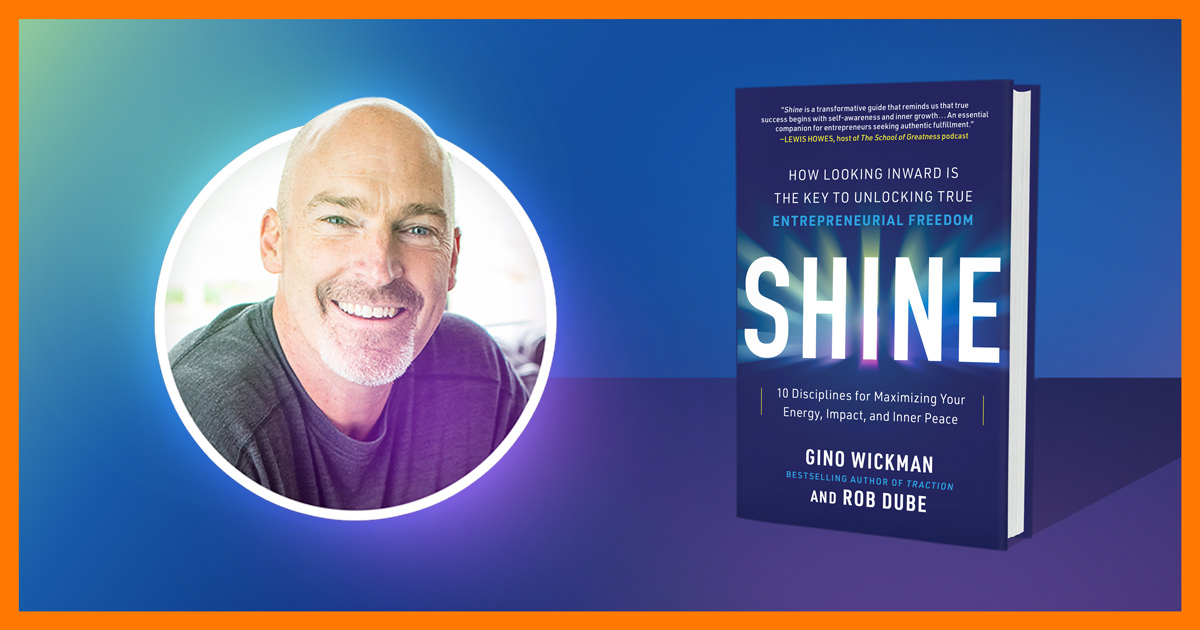
One of my favorite parts of being an EOS Implementer® is facilitating my clients through IDS™ (Identify, Discuss, Solve), the Tool we use to address issues at their root so they go away forever.
I facilitate or observe IDS sessions with my clients in our Quarterly Pulsing™ sessions and on Day Two of our two-day annual planning session. This gives me an opportunity to help them hone their IDS skills, which are crucial to moving their business forward.
The Question Everyone Should Ask Themselves
As I facilitate IDS sessions with a leadership team (or observe while they facilitate themselves), I sometimes remind them of an important question:
“Why are you talking?”
At first glance, this might seem like a somewhat brash rhetorical question with the message, “please be quiet”. But that is decidedly NOT the point.
“Why are you talking” is a question everyone should ask themselves reflectively, honestly, and frequently.
Any discussion that is helping us down that path is valuable. Any discussion that isn’t getting us closer to a “solve” is not.
Questions Versus Statements
When describing highly effective IDS sessions, I sometimes refer to the question to statement ratio. That is, how much of our interaction is in the form of questions designed to surface key information and find a solution, and how much is simply sharing information which may or may not be focused on (and might even be distracting us from) finding a resolution?
That isn’t to say statements don’t have value, they very often do. But only if they are relevant to the issue at hand.
For instance, I sometimes find a team that has essentially solved an issue continuing to share information and opinions about why it is the right solution. While emotionally comforting, that discussion consumes time that could be better spent moving on to the next issue.
Other times, they share experiences or dive deep into intricate details that are tangential to solving the issue. At the least, it delays the team in getting to a solve. At worst, it re-directs the team’s focus to a completely different topic, diverting the attention (and time) of the group from the issue at hand. My clients often refer to this as “squirreling” (think of the dog that sees a squirrel and bolts after it, losing focus on everything else that matters).
Talking With A Higher Purpose In Mind
In effective IDS, every question or statement is focused on the higher purpose of the discussion: getting to a solve. So effective leaders engage IDS while asking themselves an important question:
“Why are you talking”?
Previously published on the Freebridge blog




